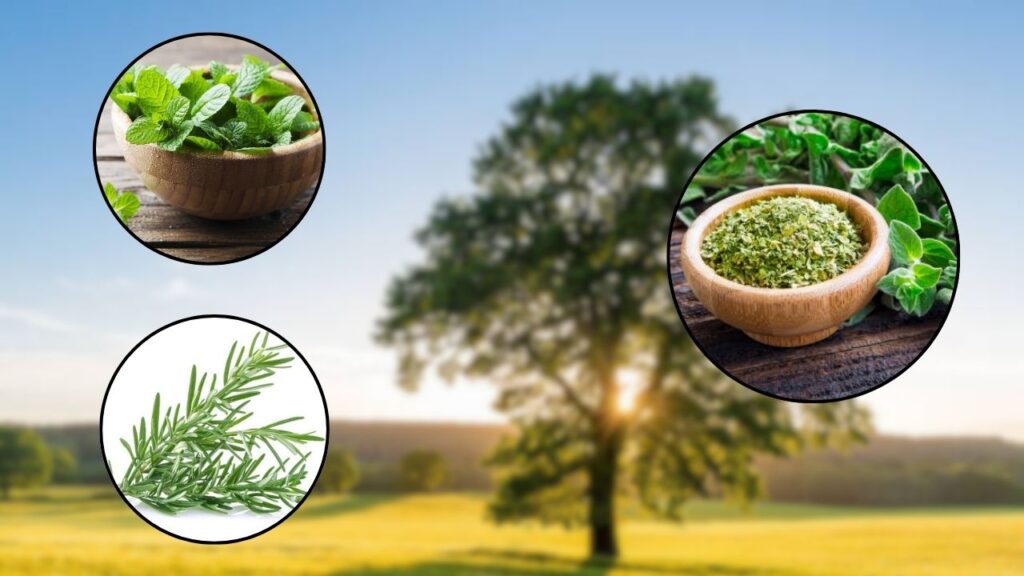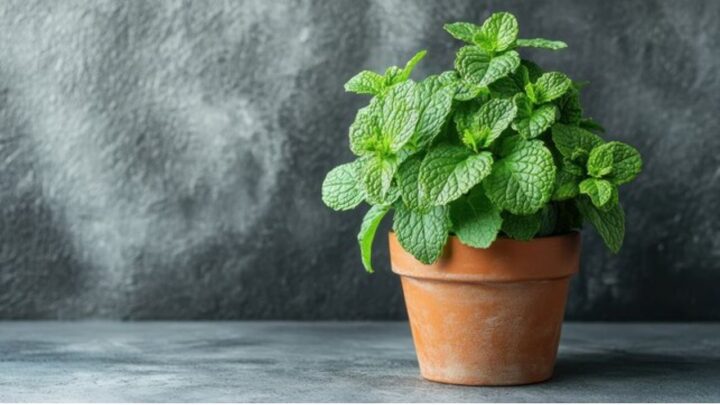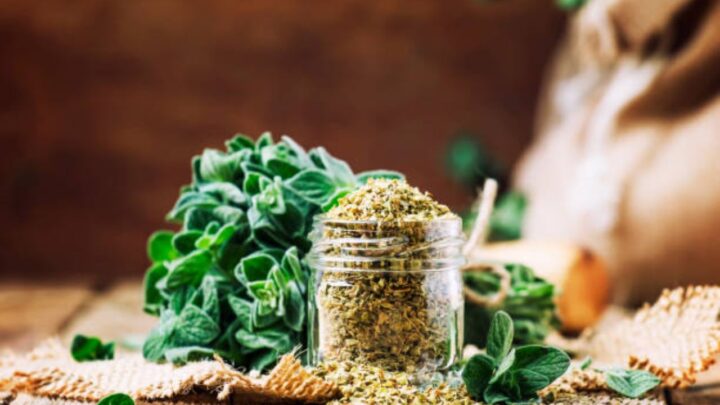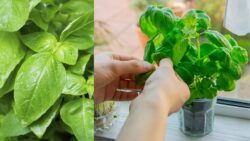Herbs You Can Grow on Kitchen Counter – Growing fresh herbs indoors is easier than you think! With just a few containers, some sunlight, and a little care, you can have an endless supply of flavor and fragrance right on your countertop.

Why Growing Herbs Indoors is a Game-Changer
Having fresh herbs indoors means you’ll never have to rush to the store again for basil or mint. Indoor herb gardening is perfect for small spaces, apartments, or anyone who loves adding natural flavor to meals. The best part? It’s low-maintenance, budget-friendly, and adds life to your kitchen decor.
Top 10 Herbs You Can Grow Right on Your Kitchen Counter
1. Basil
Basil thrives in warm, sunny spots and grows beautifully on a windowsill. It’s perfect for pasta, pizza, and salads. Water it lightly and trim regularly to encourage new growth.
2. Mint
Mint is an easy herb that loves moisture and indirect light. Keep it in a separate pot as it spreads quickly. You can use its leaves for tea, desserts, or refreshing drinks.

3. Parsley
Parsley grows well indoors with plenty of light. It’s rich in vitamins and adds a bright flavor to soups, salads, and sauces. Snip outer leaves to promote continuous growth.
4. Chives
Chives are one of the easiest kitchen herbs. They need minimal sunlight and can be snipped regularly for garnishing eggs, soups, or baked potatoes.
5. Thyme
Thyme thrives in sunlight and doesn’t need frequent watering. Its aromatic leaves are ideal for marinades, stews, and roasted vegetables.
6. Rosemary
Rosemary enjoys bright sunlight and dry soil. Its woody stems and fragrant leaves make it great for meats, potatoes, and homemade bread.

7. Cilantro (Coriander)
Cilantro might surprise you! It grows fast indoors but prefers cooler temperatures. Use it to add a fresh punch to curries, tacos, and chutneys.
8. Oregano
Oregano loves warmth and direct sunlight. It’s a must-have for Italian dishes and pairs perfectly with tomato sauces and grilled meats.

9. Dill
Dill grows best in full sunlight and adds a unique flavor to pickles, fish, and salads. It’s a delicate herb that needs regular trimming to stay bushy.
10. Sage
Sage is hardy and thrives indoors with proper drainage. Its earthy aroma enhances stews, butter sauces, and roast dishes beautifully.
Step-by-Step Guide to Growing Herbs on Your Kitchen Counter
- Step 1: Choose the Right Herbs
Select herbs that suit your cooking habits and kitchen conditions. Start with easy ones like basil, mint, and chives before trying advanced varieties.
- Step 2: Pick Ideal Containers
Use small pots or recycled jars with drainage holes. Proper containers prevent root rot and allow herbs to breathe freely.
- Step 3: Use Quality Potting Soil
Choose light, well-draining soil with organic compost. Avoid garden soil, as it can compact easily and block root growth.
- Step 4: Provide Enough Sunlight
Place your herbs near a south-facing window where they get 4–6 hours of sunlight daily. Rotate pots weekly for even growth.
- Step 5: Water Smartly
Overwatering is the biggest mistake beginners make. Check moisture levels by touching the topsoil — if it feels dry, water lightly.
- Step 6: Harvest Regularly
Trimming herbs encourages bushier growth. Snip leaves from the top, not the base, to keep the plant healthy and productive.
Extra Tips for Thriving Indoor Herbs
- Use grow lights if your kitchen lacks natural sunlight.
- Rotate your pots weekly for balanced light exposure.
- Feed herbs monthly with diluted liquid fertilizer.
- Keep herbs away from drafts or air conditioners.
- Prune dead leaves to prevent mold or pests.
FAQs
Which herbs grow fastest indoors?
Mint, basil, and chives grow the quickest indoors, often showing new growth within two weeks under the right conditions.
Can I use kitchen scraps to regrow herbs?
Yes! Herbs like basil and mint can regrow from stem cuttings placed in water until roots appear, then transferred to soil.
How often should I water indoor herbs?
Most herbs prefer watering once or twice a week. Always let the top layer of soil dry out before adding more water.
Do herbs need fertilizer?
Indoor herbs benefit from a light dose of organic fertilizer every 4–6 weeks to boost growth and flavor.
Growing your own kitchen herbs is more than a hobby — it’s a lifestyle. Every tiny leaf you nurture adds a burst of flavor and freshness to your meals. Start small, stay consistent, and soon you’ll have a mini herb garden that makes every dish taste better!





